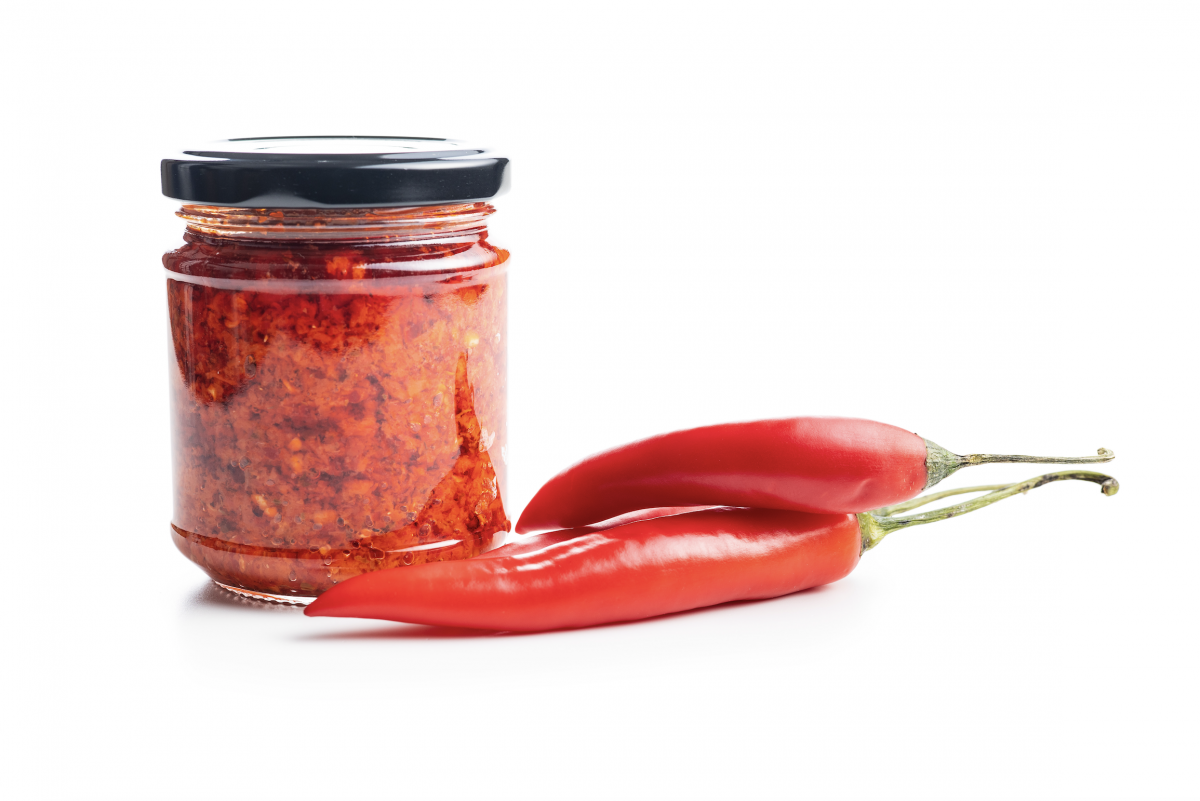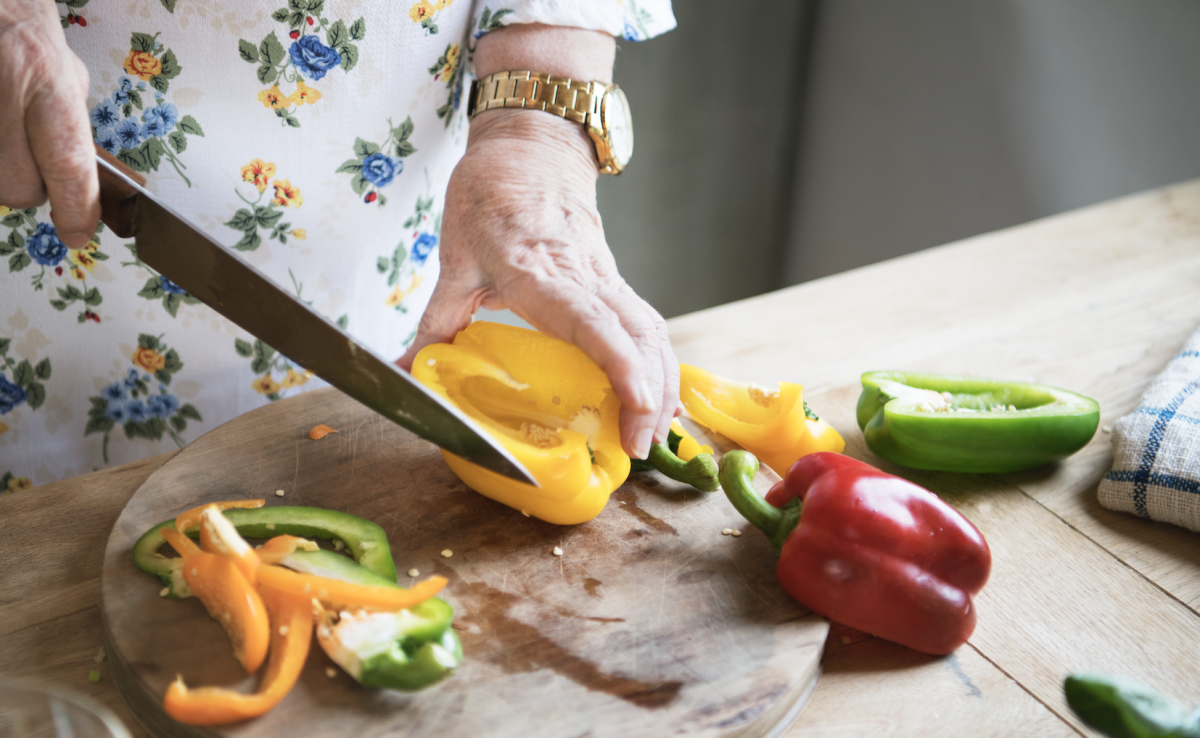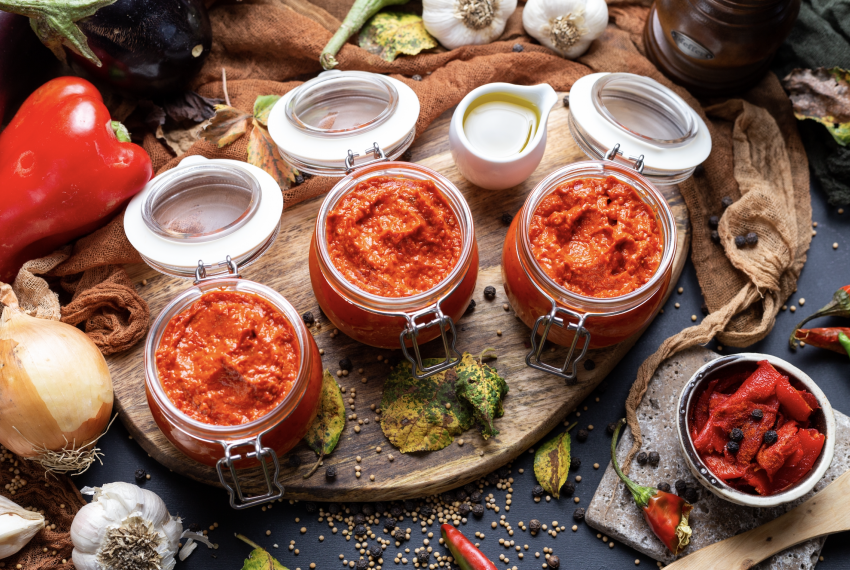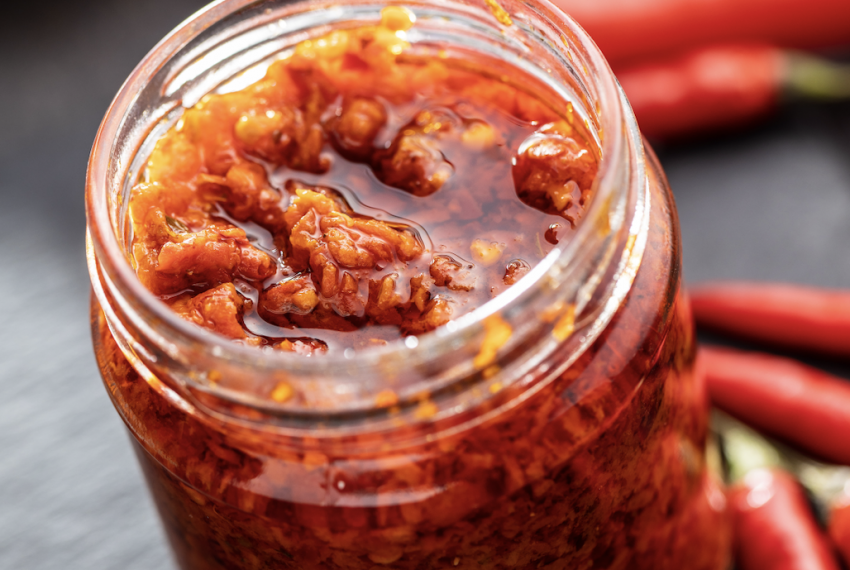What does Ajvar - The Balkan Caviar taste like?
Ajvar, often referred to as "vegetable caviar" or "Balkan caviar," is a traditional delicacy that embodies the rich flavors and cultural heritage of the Balkan region. But what exactly is ajvar made of, and what does this intriguing spread taste like? All right foodies and food enthusiasts, let's embark on a flavorful journey to uncover the essence of this beloved condiment.
What is Ajvar?
A few hundred years ago, during the autumn pepper harvest, housewives in Balkan countries were challenged with preserving their red peppers for the winter. The solution was found in an ointment called “Ajvar.”
It is believed that the name originated from tur. Havyar which means “caviar” or “salted roe”.
Ajvar is a vibrant, savory spread that originates from the Balkan countries. Croatians, North Macedonians and Serbians claim Ajvar’s roots. This delectable condiment is primarily crafted from roasted sweet red peppers and eggplant, creating a harmonious blend of flavors that dance on the palate.
The traditional recipe of Ajvar calls for just a handful of ingredients, typically including red bell peppers, eggplants, oil, vinegar, and salt, resulting in a natural and wholesome taste experience.
The flavor profile of Ajvar

The dominant flavors of Ajvar are a testament to its simple yet powerful ingredients. The roasted red peppers impart a sweet, slightly smoky taste that forms the foundation of the spread.
This sweetness is beautifully balanced by the subtle earthiness of the eggplant, creating a complex flavor that is both bold and comforting.
One of the most distinctive characteristics of ajvar is its texture.
Typically, it boasts a creamy, spreadable consistency that can range from silky smooth to pleasantly chunky, depending on personal preference and regional variations. This versatile texture allows ajvar to be easily enjoyed as a spread, dip, or side dish, adapting to various culinary applications.
While the classic Ajvar recipe produces a mild to moderately sweet taste, numerous variations cater to different palates. Some versions incorporate chili peppers, resulting in a spicier flavor profile that adds an exciting kick to the base taste.
Regional differences also contribute to flavor variations, with some areas preferring a smokier taste achieved through different roasting techniques.
Ingredients that shape the taste
The unique flavor of Ajvar is a direct result of its carefully selected ingredients and preparation method. The star of the show is undoubtedly the sweet red peppers.
These peppers provide the signature sweetness and vibrant color that ajvar is known for.
The addition of eggplant, while not always present in every recipe, plays a crucial role in enhancing the flavor and texture of ajvar. It brings a deeper, softer dimension to the dish, contributing to its rich, velvety mouthfeel and adding a subtle earthy undertone that complements the sweetness of the peppers.
The cooking process, which involves roasting the vegetables until they're perfectly soft and slightly charred, is essential in developing the complex flavors of ajvar.
A method that intensifies the natural sweetness of the peppers and imparts a delightful smokiness that elevates the overall taste profile.
Culinary uses and pairings
Ajvar's versatility in the kitchen is one of its most appealing attributes. Its rich, savory flavor makes it an excellent accompaniment to a wide range of dishes. What do you do with Ajvar? As a spread, it can transform a simple slice of bread into a flavorful snack. It's particularly delicious when paired with ćevapčići, a traditional Balkan grilled meat dish, served on pita bread with a fresh salad and a dollop of sour cream.
The condiment also shines as a dip for vegetables or crackers, adding a burst of Balkan flavor to any appetizer spread. Its compatibility with grilled meats makes it a popular choice for barbecues and outdoor gatherings, where it can be used as a sauce or side dish to enhance the smoky flavors of the grill.

The taste of Ajvar is deeply intertwined with Balkan culture and traditions. Historically, the preparation of ajvar was a community event, typically in autumn to preserve the bountiful pepper harvest for the winter months ahead. This communal aspect of ajvar-making has imbued the condiment with nostalgia and cultural pride.
Eating Ajvar is not just about the flavor; it's an experience that connects people to their heritage. The rich, comforting taste evokes memories of family gatherings and the warmth of home-cooked meals.
As one Ajvar enthusiast notes, "It reminds me of my grandma making tomatoes preserved seasoned with pepper and garlic. What a joy to taste those delicious preserves in the middle of winter."
Homemade Ajvar vs. store-bought Ajvar
The main difference is the depth of the flavor profile. Commercially produced ajvar is readily available and can offer a convenient taste of the Balkans. Many connoisseurs would agree that homemade ajvar is superior in flavor. The traditional preparation method, which can span two full days and often involves teamwork, allows for greater control over the ingredients and cooking process.
This approach results in a depth of flavor that is difficult to replicate in mass-produced versions.
Homemade Ajvar often has a fresher taste, with more pronounced individual flavors of the roasted vegetables. The texture can be customized to personal preference, and the seasoning can be adjusted to achieve the perfect balance of sweetness, smokiness, and spice.
Store-bought varieties, while convenient, may lack the nuanced flavors and homemade charm that make Ajvar so special.
Authentic homemade Ajvar recipe
How is Ajvar made? Here is the recipe for how to make a homemade Ajvar that can be enjoyed year-round:
Ingredients:
- 10 large red bell peppers (about 2 kg)
- 2 medium-sized eggplants (about 500 g)2-3 cloves of garlic, minced (optional)
- 100 ml sunflower oil (you can also use olive oil)
- 1-2 tbsp of white vinegar
- 2 tbsp ground red chili peppers (optional)
- Salt, to taste
- Sugar, to taste (optional, to balance flavors)

Instructions:
1. Roast the peppers and eggplants:
Preheat your oven to 200°C (400°F). Wash the red peppers and eggplants thoroughly.
Place the peppers and whole eggplants on a baking sheet lined with parchment paper. Roast in the oven for about 30-40 minutes, turning them occasionally until the skins are blistered and blackened.
Alternatively, you can roast them over an open flame or grill for a more smoky flavor.
Once roasted, place the peppers and eggplants in a large bowl and cover with plastic wrap or a lid. Let them steam for about 15 minutes; this will make it easier to peel off the skins.
2. Peel and prepare the vegetables
After steaming, peel the skins off the peppers and eggplants. Remove the seeds and stems from the peppers, and cut off the tops of the eggplants. Discard any excess liquid that comes from the vegetables.
Chop the peeled peppers and eggplants into smaller pieces if desired. For a smoother ajvar, you can use a food processor to puree them. If you prefer a chunkier texture, chop the vegetables by hand.
3. Cook the Ajvar
In a large pot, heat half of the sunflower oil over medium heat. Add the minced garlic (if using) and sauté for about 1 minute.
Add the chopped or pureed peppers and eggplants to the pot. Stir well and cook for 30-45 minutes, stirring frequently to prevent sticking. Adjust the heat as necessary to avoid burning.
As the mixture cooks, gradually add the remaining oil. Stir continuously until the oil is fully incorporated and the ajvar thickens.
Add salt to taste, along with the vinegar. If the mixture is too tangy, add a pinch of sugar to balance the flavors.
4. Adjust consistency and flavor
Continue cooking until the ajvar reaches your desired consistency. It should be thick enough to hold its shape on a spoon.
Taste and adjust the seasoning, adding more salt, vinegar, or sugar as needed.
5. Jar and store
While the ajvar is still hot, spoon it into sterilized glass jars. Put a splash of oil at the top of each jar. Seal the jars tightly with lids.
For longer storage, you can process the jars in a boiling water for 10 minutes.
Once cooled, store the ajvar in a cool, dark place. Refrigerate after opening.
Conclusion
Ajvar, the "Balkan caviar," is a flavorful journey through the culinary heritage of the Balkan countries. Its unique taste profile, characterized by the sweet smokiness of roasted peppers and the rich complexity of eggplant, offers a delightful experience that has captivated food lovers around the world.
To experience a flavor profile of Ajvar and a piece of Balkan heritage opt out for a houses and villas in Continetal Croatia or accommodation in Bosnia nad Herzegovina.








